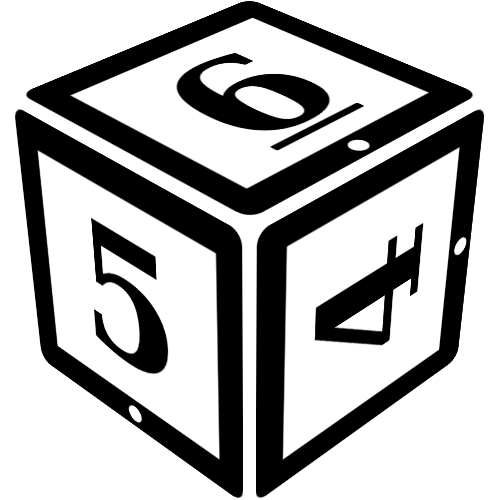Table of Contents
The signature weapon of the Jedi is the Lightsaber. The unique properties of this weapon require the user to master a specific kind of combat style.
Combat styles are built up out of steps (that are either stances or techniques), with the higher steps offering significant martial prowess. However, these higher stances and techniques can only be taught to those capable of handling them—attempting to teach someone before they are ready inevitably results in loss of limbs or worse.
A Jedi practices, and tries to achieve mastery in, a few combat styles, each with unique strengths and weaknesses. These strengths and weaknesses come into play when a Jedi engages in combat. In combat up to 2 jedi can work together, adding up all their Strike (🗡) and Defence (🛡) bonusses.
All Combat Styles
This is a list of all designed combat styles. Note that not all of these are available for training.
Learning Combat Styles
Jedi learn new techniques and stances through instruction, practice, and meditation upon the kata's of a combat style. A step in a combat style can only be learned from someone that knows it, or by studying a holocron for extended periods of time. Because of this, not all combat styles are available.
Each stance and technique has a Rank requirement that must be met. Some techniques have additional requirements in the form of Virtue requirements and Force Power requirements that must be met before being able to learn the technique or stance.
Only a single variant of each combat style can be learned. If the style has other variants, these will forever be out of reach. This means that if a combat style offers a choice between multiple techniques, you can only take one of the paths.
For example, in the Shii-Cho style, after practice and mastery of the Shii-Cho Stance and the follow-up technique Sun Djem Practice, you will have to pick between Defensive Emulation and Repeated Strike. If you learn one, you can never learn the other.
Once all requirements for a combat style step are met, the Jedi can learn the skill be spending 10 Training Points.
Using Combat Styles
When in combat, the Jedi do not limit themselves to the sole use of a single lightsaber style. They adapt stances and techniques from all the styles they have learned, and blend them together in a single personalized combat style that allows them to adapt to the current situation.
Each Jedi has two combat traits derived purely from their Combat Styles:
- Strike (🗡) is a measure of the Jedi's ability to attack others. It is calculated as the sum of all Strike modifiers from Combat Styles, including conditional modifiers for those conditions that have been met.
- Defence (🛡) is the measure of a Jedi's ability to defend themselves from attacks. It is calculated in the same fashion as Strike.
Combat styles contain conditional modifiers. These modifiers are applicable of the condition is met. Conditions are not based on actions, but on situations. For example, a condition could be "If your ally knows Ataru", or "In small enclosed spaces", or "There are multiple opponents".
Conditions cannot be based on the knowledge or actions of opponents—only on their immediately observable qualities such as: number, armaments, armor. Many conditions will focus on the environment and allies instead of the opponent. As a specific exception, conditions may be based on entanglements between you and your ally (for example, "If your ally is your apprentice").
Cooperation in Combat
When in combat, up to 2 Jedi may work together and sum up their combat traits to arrive at their final score.
Other groups might work together in larger groups. For example, elite military units can combine their scores up to 6 members, allowing them to form a threat to a pair of Jedi.
It is not possible to specifically "target" a single person in a group that works together—they win or lose as a group.
Combat During Play
At the start of the mission, together with equipment, the PCs note any conditions relevant for their combat modifiers.
During play, a combat is completed in a single posting cycle:
- Combat is initiated either by an NPC or by a PC taking a beligerent action.
- The Storyteller calls out "Combat is started", and lists all relevant conditions.
- Each PC makes a combat post, describing their character's actions and goals in the combat. They also list their Final Combat Ratings, with the last player being responsible for summing the combat ratings.
- The Storyteller posts the combat ratings of the opponent faction, their actions, and the outcome. There are four possible outcomes. The Storyteller uses these four situations to determine the final outcome of the combat:
- Both parties overcome the other (both Strike ratings overcome the Defence ratings)
- The PCs decisively win the combat (Their Strike overcomes the opponents Defence, whereas their opponent does not fare that well.)
- The NPCs decisively win the combat (for the same reasons as above)
- Both parties fail to overcome the other (both Strike ratings are too low)
- Combat is now over, and the outcome of the combat forms the basis for the continuation of the mission.
Notes:
The Storyteller is free to, in step 2, ask the PCs if they would consent to a specific outcome that would enhance the mission. It is up to the players to work this into their description as far as they like.
In a PvP situation (which is not the focus of the system, but a sparring event is something that some players might enjoy), Step 2 is best done by a neutral third party (since the conditions are the main deciding factor).
In the event that both the Storyteller and the Players enjoy extended combat the system naturally allows for multiple rounds, by simply repeating Steps 2-4 several times. By chaing the situation players are granted control over the combat in a way that emphasizes cool moves and solutions, instead of rote numbercrunching.

